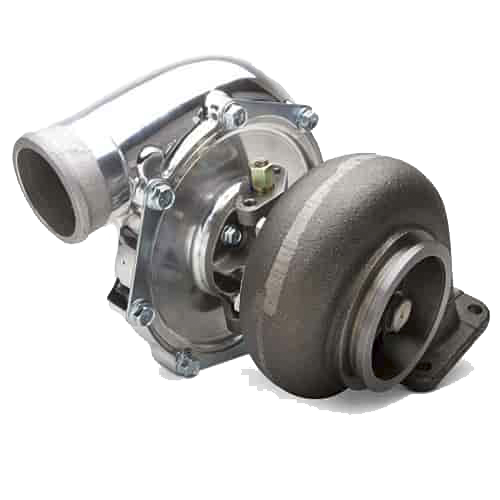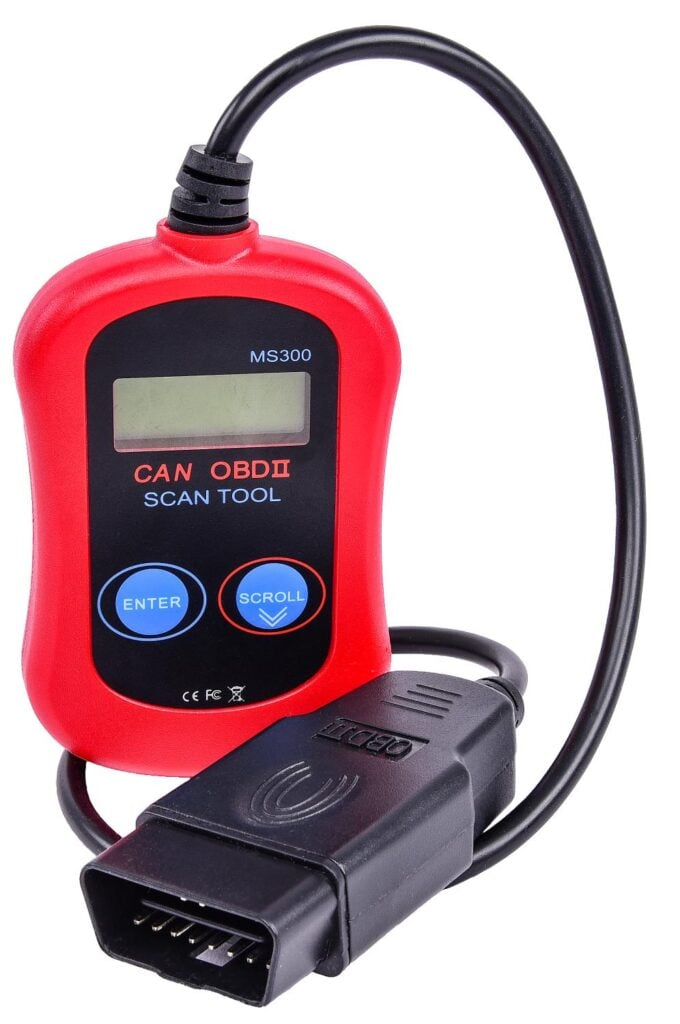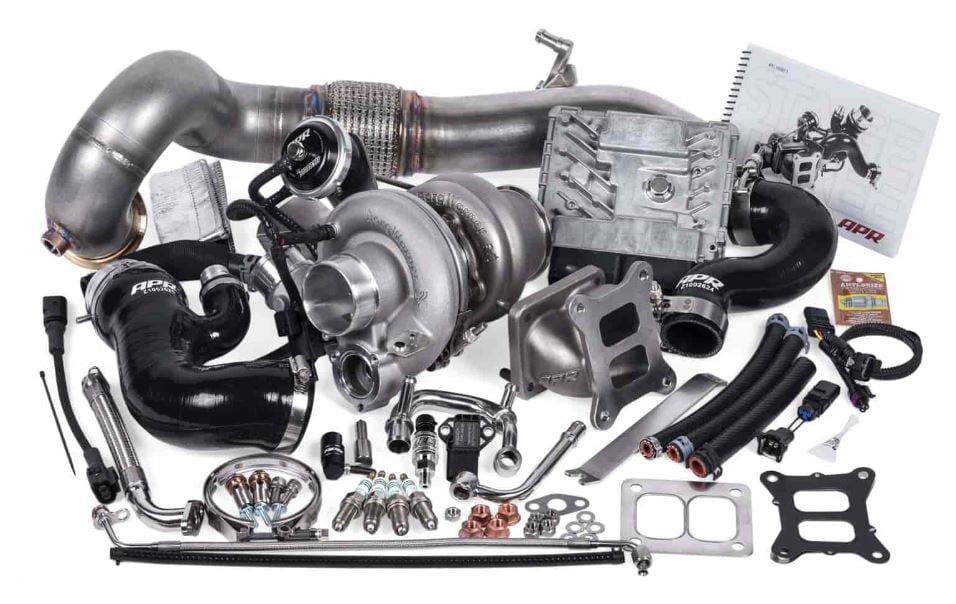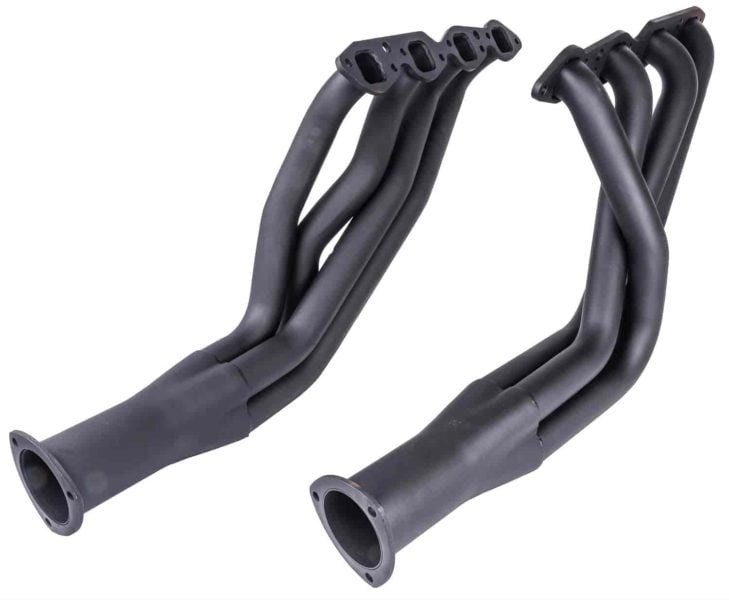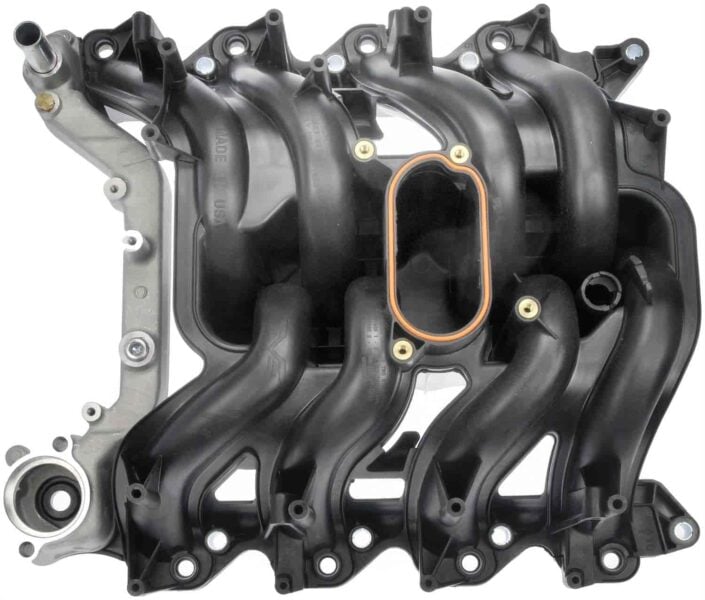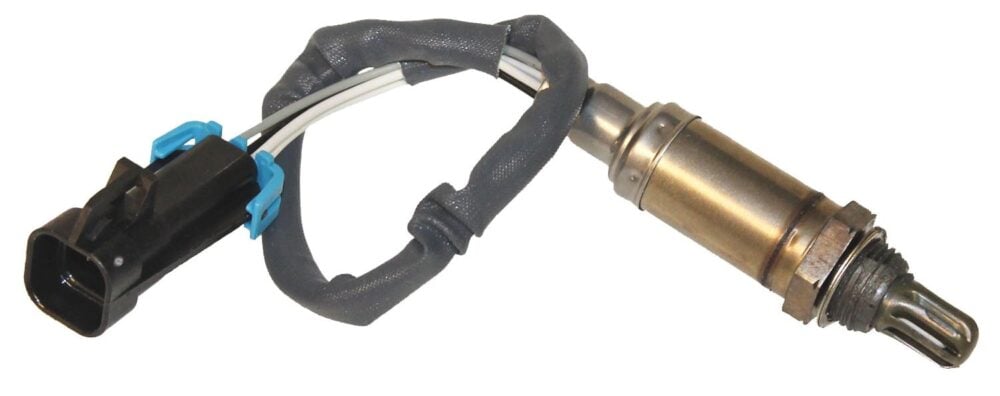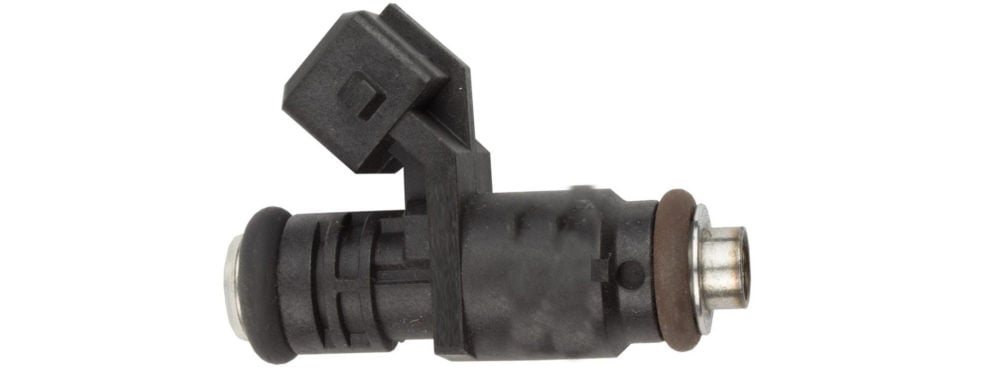There's nothing like hearing a turbo spool up on a wide-open highway. Once you press that pedal down you'll experience a boost of power you can't find in naturally aspirated engines. Even some more economical vehicles have opted for turbo use to save on fuel and squeeze more power out of a small engine.
While turbos are effective components, they don't always work properly. If you notice a loss of power from your turbo accompanied by a check engine light, there's a good chance you're dealing with engine code P0299.
Read on to learn about what this code is, how to diagnose it, and what you can do to get back on the road.
What Is the P0299 Code And the Symptoms?
The P0299 engine code appears when your car's ECU recognizes a low output for your turbo, especially if the output is excessively low. P0299 codes can only be read if you have a check engine light and an OBD-II scanner you can plug into your vehicle's diagnostic link terminal.
Breaking down the code further, it’s for your vehicle's air and fuel metering with the injector circuit. This code will only appear in vehicles that have a turbocharger. Vehicles use turbochargers to get more power out of a smaller engine without adding more fuel by increasing the air volume fed into the engine.
Recycled exhaust gases spin the turbo turbine (hence the spooling sound) to increase intake pressure and send more air through the cylinders for combustion. This is also why there is a "Lag" when you floor the car – the turbo needs a second to spool up.
The most common symptom of code P0299 is the Check Engine Light turning on. Aside from the light, you may hear strange noises coming from your vehicle's turbo when you're driving and reduced engine power. In fact, some vehicles will enter limp mode with this engine code.
What Is Limp Mode?
Limp mode is activated when your vehicle's ECU notices a problem with your engine. It activates limp mode to protect your engine from possible damage and it imposes limits on what you can do behind the wheel. For example, a P0299 Chevy Cruze code will result in the car being locked at low RPMs.
You'll know your vehicle is in limp mode when you notice the following problems:
- The air conditioner and heating may stop working
- Dashboard lights will flash or turn on
- Your engine won't go above 2,000 to 3,000 RPMs
- Automatic cars will lock you into a lower gear
- The car might shake
- Poor performance
- Can't go above 45 miles per hour
Depending on your make and model, these are only some of the symptoms of limp mode.
How Serious Is the P0299 Code And What Are the Causes?
The P0299 engine code is serious. It will cause your engine to perform poorly and most vehicles will enter limp mode to save power and avoid damaging other internal engine components. While you can avoid replacing faulty components if your vehicle is not in limp mode, failing to address this code can result in extensive damage and costly repairs.
What causes a P0299 code?
P0299 engine codes are caused by a few problems. The most obvious cause of a P0299 code is a broken turbo. When the turbocharger breaks, it will result in this code and potentially cause other problems. It could be any issue in the turbo that reduces its ability to produce boost.
Another cause of the P0299 code is low oil pressure or bad oil. If your vehicle doesn't have enough oil to lubricate the turbo turbine it will sustain damage with each revolution until it fails.
Lastly, you may have issues with airflow sensors or the Exhaust Gas Recirculation (EGR) system.
Can I Still Drive with a P0299 Code On My Car?
Is it safe to drive with a P0299 code? No, you can't still drive with a P0299 code. In fact, most vehicles will enter limp mode when this code is activated. Limp mode results in less engine power, a lower top speed, and several other power-saving measures that make it impossible to drive far.
You should only ever drive in limp mode to reach your nearest mechanic or garage. We would recommend towing your vehicle to a shop or home instead of driving it there with the P0299 code.
Keep in mind that not every vehicle will enter limp mode, so you might be able to drive normally. While this is possible, that doesn't mean you should. Doing so will result in extensive mechanical failure throughout the exhaust system, turbocharger, and cylinder heads. It will also mess up timing for combustion and may result in misfires because the turbo isn't generating enough pressure through the intake system.
How Can I Diagnose a P0299 Code?
Diagnosing a P0299 code can only be done with an OBD-II scanner. When using an OBD-II scanner to diagnose this code you'll want to check the freeze-frame data to see when the code first appeared. Once you know when the code appeared you can try to recreate it to see if you're dealing with a faulty sensor or broken components.
To determine if the sensors are faulty, reset the code and take the vehicle for a test drive. If you notice the code appearing again, something is likely not working properly. Then, plug the OBD-II scanner again and read the code. Check the freeze-frame data one more time to see if it's the same issue.
After you know the problem, you can start to inspect the turbocharger and its surrounding systems by checking for boost pressure readings, oil pressure issues, and restrictions in the intake system, and examining EGR components. From here, you can locate and pinpoint the problem's origin.
Next, it's time to inspect and repair the turbo system.
How Difficult Is It to Inspect a P0299 Code?
Diagnosing a P0299 engine code is only the first part of addressing the problem. Once you know where to start you can begin replacing the damaged components. That said, it's challenging to inspect a P0299 code if you've never worked on a car. In fact, it's a challenge code to fix for automotive hobbyists.
What makes the P0299 system difficult to inspect is its location in the engine bay and the systems it's connected to. You'll have to remove the old turbo, seal leaks in the intake system, and replace EGR components to address the problem.
Looking for tools or parts to fix your turbo underboost condition? We can help. JEGS has knowledgeable product experts and a wide range of parts to get you back on the road again, producing all the power you want.
